What you need to know about planting alpine carnations and caring for flowers?
Alpine slides and rockeries give a special decorative effect to any garden. Planting alpine carnations correctly will help decorate them. After all, it is on the heights open to the sun that it grows best. Although both feathery and grass are also suitable for this. It differs in graceful peduncles and a weak, but very delicate aroma. Growing a plant and caring for it is not difficult.
Where to grow cloves?
The carnation will find its place in every garden, there is also indoor. After all, it can be used for:
- Framing borders and rock gardens.
- There are varieties that bloom so profusely that they form a carpet. They look great on lawns.
- Decoration of steps and walls.
- Decorating a path from tiles: the plant is grown between them.
The carnation looks especially impressive on the areas decorated with stones. Before flowering, it looks like a green ball, which in itself looks like a decoration. Afterwards, bright colors delight the eye. She, like grass or feathery, loves the sun's rays. Therefore, it is not recommended to plant her in the shade, there she will not be able to fully show herself. You also need to avoid lowlands in which water stagnates. The room also does not like excess moisture.
Grass and other species grow best on neutral soil, previously well fertilized. But they do not like heavy. Even if you make it less saturated by mixing with sand, it is difficult to tell how successful the cultivation will be. Dolomite flour should be added to acidic soil to increase the amount of magnesium.
Reproduction methods
Reproduction is possible in three ways: using seeds, cuttings or cuttings. Most often, carnation, herbaceous or feathery, is grown using seeds. This is a fairly simple method that does not require special skills. Care is also simple. Moreover, it is possible both sowing in pots for seedlings, and immediately in open ground.
If a decision is made to grow seedlings, then planting should be done in the first half of March. It is necessary to prepare a suitable soil mixture, not forgetting it disinfect... Place it in containers, sow seeds and cover with foil. Place the pots in a room where the room temperature is about 18 degrees. After the emergence of seedlings, you need to rearrange them to a cooler place, room temperature - 12 degrees.
The lighting should be good. In March, it is recommended to illuminate the seedlings using fluorescent lamps or phytolamps. If they are not there, then watering should be done minimal. Otherwise, there is a high probability of such a disease as black leg. If she was still noticed, then the affected sprout should be removed.
The plant needs a pick, this is the care. In April, the sprouts are transplanted into separate containers; the root collar should not be too deep. A little later, they will need to be pinched so that the bushes are lush. Landing in open ground requires some preparation. For this, the seedlings are taken out into fresh air. Only a place without drafts should be chosen. The transplant is carried out in the second half of May, keeping 30 cm between the bushes.
If a pinnate carnation is planted directly into the ground, then this should be done towards the end of May. By this time, the spring frosts should be over. When sowing, it is recommended to maintain a distance of about a centimeter between seeds, and 10 cm between rows.
Advice! Don't plant carnations near tulips. These plants have similar diseases. It will not be easy to cure them, as different drugs are needed.
In cases where several varieties of carnations grow in the garden, they can interbreed with each other and give hybrid seed species. To avoid this, cuttings or layering are used for propagation. Herb and feathery carnation reproduce especially well vegetatively. To do this, cut the stalk at an angle; 4 leaves should remain on it. At the bottom, a third of the thickness must be cut. Root it in a damp substrate, remembering to cover it with a jar or plastic wrap.
How to care?
Further care for alpine carnation is the same as for other plant varieties. Do not forget about feeding. The herb will bloom even more luxuriantly and plentifully if you feed it with organic fertilizers once or twice a month. The room also needs feeding. After the end of flowering, you need to fertilize the bushes with a special mineral fertilizer and humus. But fresh manure is not suitable for this.
In summer, especially on hot days, cloves must be watered every day. A moderate amount of water is needed; waterlogging of the soil should not be allowed. You also need to make sure that moisture does not get on the buds. How much loosening is necessary depends on the variety. The herb can grow so densely that no weeds are afraid of it. And loosening without damaging the bushes is problematic.
Inflorescences that have already bloomed should be removed immediately. It only makes sense to leave them when seeds are needed. Their removal contributes to the emergence of new peduncles in greater numbers. So the flowering will be even more lush in the future. If the care and watering is correct, the plant can bloom again in late summer.
What problems can there be?
Quality care does not always guarantee protection from disease. Alpine carnation is susceptible to the following diseases:
- Alternaria. It manifests itself like this: the plants begin to wilt, brownish spots and olive-black bloom are noticeable on it.
- Fusarium. This disease leads to the fact that some parts of the bush begin to grow more slowly than others.
- Rust. It is easily recognizable by the brownish-yellow spots that affect the stem and leaves.
If any signs of these diseases were noticed, then the damaged areas on the bushes should be destroyed, and the cloves should be treated with a fungus agent.
The herb can also suffer from pests. If this happens, then an insecticide treatment should be carried out. In some cases, such as nematodes, it is necessary to remove the infected leaves. From the bear loosening will help.
Alpine carnation can be a decoration of the garden, and especially if it contains rockery. The plant will perfectly take root on it, and its bright flowers will harmoniously look against the background of stones. Growing it is not difficult, especially with the help of seeds.
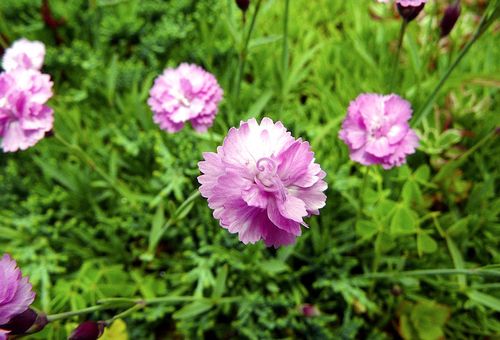
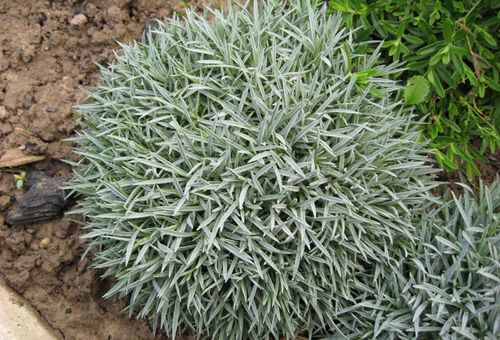
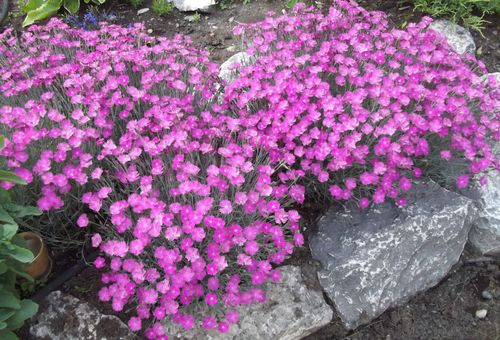

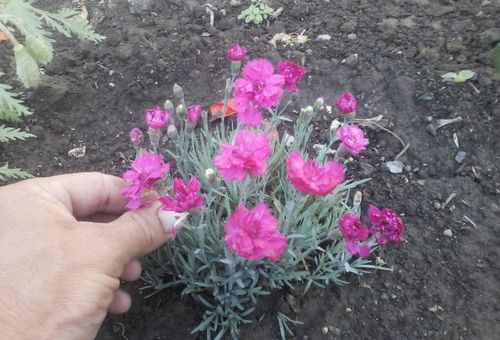
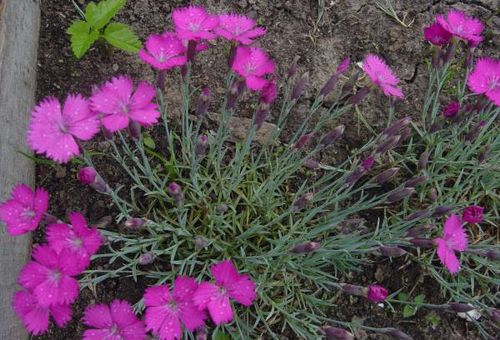
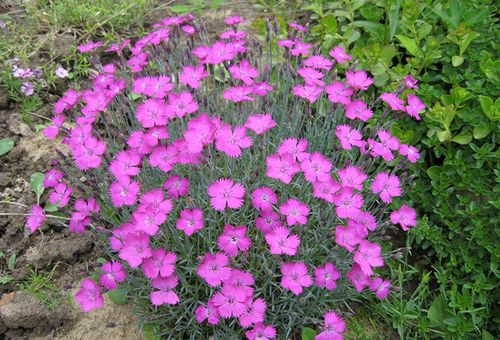
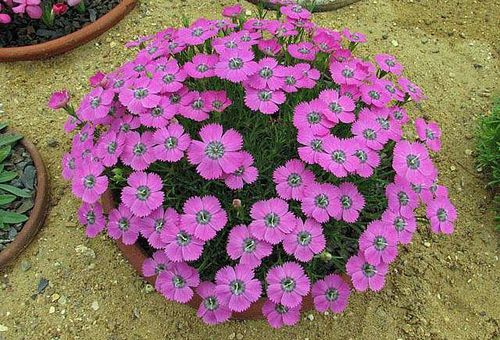
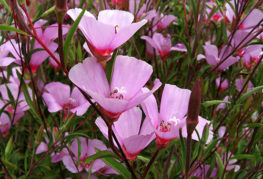
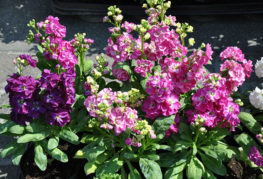
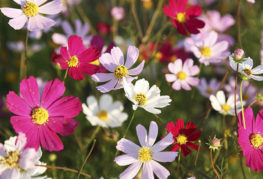
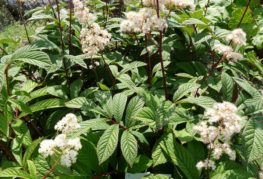

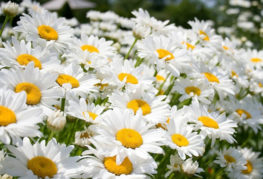
and will be published shortly.